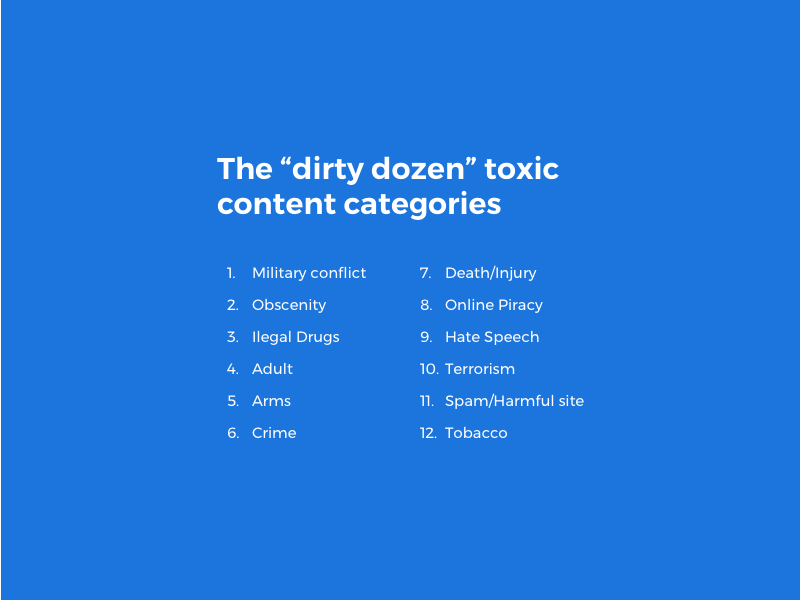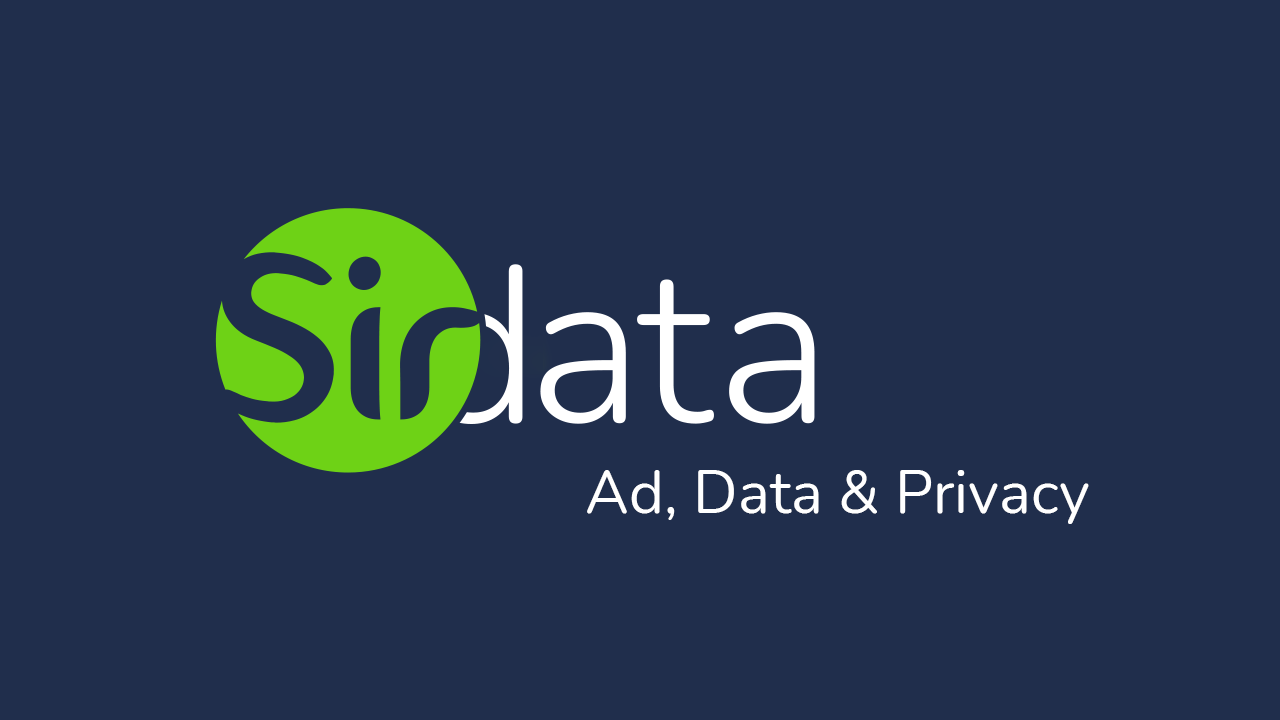When buying advertising inventory, specifically via programmatic advertising tools, it’s important to look at all the devices that can reinforce the preservation of the advertiser's brand image on the web. Therefore, tools such as Brand Safety and Brand Suitability are now at the center of strategies for protecting the brand image while driving their online advertising campaigns.
But what do these two terms mean and why are they fundamental for brands that want to promote their products or services on the Internet with complete peace of mind?
What is Brand Safety? :
There is no brand that wants to be linked to hateful or illegal content. For this reason, many brands want to ensure their advertising will not be broadcast on sites containing a content dangerous to their image (violence, adult sites, hate speech, drugs, alcohol, etc.)
By using Brand Safety tools and methodologies, these advertisers exclude and/or favor a previously analyzed advertising environment, which confirms them the safety of a clean and non-detrimental inventory.
Brands will therefore seek to protect themselves by activating filters at different levels of the advertising chain, notably on the basis of keywords, also known as blacklists or blocklists.
At Sirdata, for example, the analysis is not only done on isolated and independent keywords, but on the overall content of the page and all the associated semantics. This way, Sirdata identifies which pages are eligible or not for advertising campaigns, and creates targeting accordingly. This allows advertisers to exclude from their advertising campaigns web pages categorized as non-brand safe ;
What is Brand Suitability? :
This key differentiation term for brands corresponds to the settings of some restriction within the advertising broadcasting framework according to criteria specific to the company, the brand or a particular campaign (for a product for example).
Therefore, Brand Suitability differs from Brand Safety by customizing the campaign broadcasting universe on a case by case basis. It goes beyond the framework of dangerous content for the brand, but varies from one advertiser to another, and even from one product to another. Thus, advertisers frame and optimize their digital media buys in a very personalized way.
Brands choose the environments they are in tune with in order to enhance their image. For example, a car manufacturer might not want to be displayed on cocktail recipe pages with alcohol, and by extension, on cooking recipe sites. A perfume brand might refuse to be displayed on pages containing names or fragrances competing with its latest perfume.
At Sirdata, we work with advertisers or their agencies to adapt, but also to create custom rules and filters to exclude content on which to communicate.
All the above summarizes the precautions already well known in the advertising market when setting up an advertising campaign. However, it is important not to forget the user targeting.
Although the regulatory framework for the advertising market is becoming stricter, it’s clear that the number of websites that do not respect the choice of Internet users regarding the use of their data for the display of targeted advertising remains particularly high.
Many websites not compliant with the GDPR
Since 2018 (with the implementation of the GDPR), the CNIL (french data protection authority) has reinforced its controls with a total of 200 million euros in fines by 2022.
One of the causes of these fines: companies broadcast targeted advertising on sites that have not obtained a valid consent from their users beforehand.
As a reminder, this consent can be collected by consent management tools such as CMP (consent management platform). To learn more: https://sirdata.com/en/Consent-Management
[Note: the presence of a CMP does not guarantee the respect of the Internet user's choice, it is still necessary for the CMP to be properly configured]. |
By extension, under the responsibility of each party or even joint responsibility (Chapter IV, Article 26 of the RGPD), the advertiser can be made responsible and sanctioned for allowing its advertising campaigns to be broadcast on sites using data from users who have not consented to it beforehand or who have consented involuntarily.

Sirdata Privacy Safety segments:
It is in this context that Sirdata Privacy Safety segments must be activated to ensure the sites advertisers wish to broadcast their campaigns on respect the GDPR.
The principle: Broadcast your advertising campaign with complete peace of mind. More than 30,000 sites have already been audited on more than 30 compliance check points :
- Mechanics of refusal in 1st screen
- Advertising purposes
- Retention period of the choice
- Purposes unchecked by default
- Clear and active consent
- Conditioned advertising tags
- Cookie-Wall or Pay-Wall
By using Sirdata Privacy Safe segments, the advertiser further enhances its compliance efforts by ensuring that ads are only displayed on sites that have collected valid consent from their users prior to the display. By extension, the risks in the event of an audit are substantially reduced and reinforce the respect of Internet users towards the brand !
In the end, It’s essential for brands to optimize their Brand Safety and Suitability policy in order to protect their image, but also to ensure that their advertising message is broadcast in the respect of the Internet user's choice. Relying on Sirdata's Privacy Safety segments is the best solution to ensure that campaigns are delivered on sites that respect the GDPR !

audience targeting


